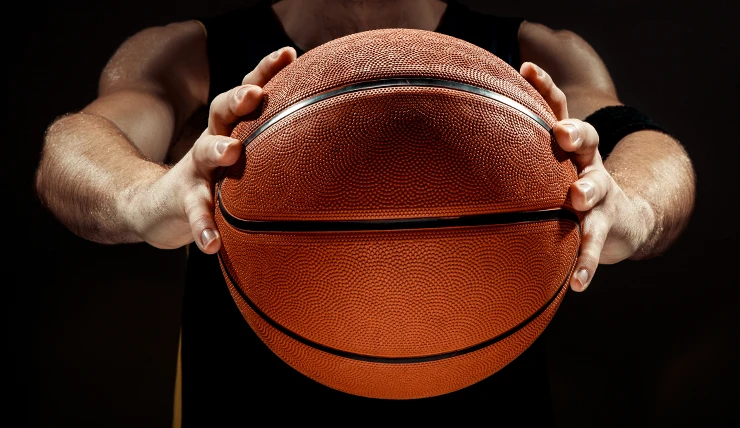For those passionate about football, understanding the characteristics of the ball itself can deeply enhance the appreciation and performance of the game. One of the crucial and often overlooked factors is the diameter of a size 5 football, the standard size used in professional leagues and competitions worldwide. This article explores the intricacies of the size 5 football, providing unmatched insights into its impact on the game.

Delving into the realm of football specifications, the size 5 ball is designed for players aged 12 and above, including all adult play. The regulations set by official bodies such as FIFA specify that this ball should have a circumference ranging from 68 to 70 centimeters (approximately 27 to 28 inches). This specification translates into a diameter of about 22 to 22.6 centimeters (or 8.66 to 8.9 inches). These measurements are not arbitrary but have been meticulously determined to optimize performance, control, and playability in diverse conditions.
The choice of a size 5 football directly influences the dynamics of the game. Given its relatively larger size compared to smaller, youth-oriented balls, it allows for a balance between control and power. Players can achieve significant velocity on shots while maintaining the ability to perform precise, controlled passes. This balance is vital, as it caters to a highly physical game where strength needs to coincide seamlessly with skill. The uniform diameter ensures consistency in play, which is crucial for professional level competitors who rely on predictable ball behavior to execute advanced plays and strategies.

Material composition is another factor intertwined with the diameter that significantly impacts performance. Most size 5 footballs consist of synthetic leather, which provides durability and a smooth surface for reduced air resistance. The diameter's role in aerodynamics cannot be underestimated; slight variations can alter how the ball travels through the air, especially in long passes or powerful shots. Moreover, advancements in design technology have embedded precision in manufacturing, ensuring that these balls meet stringent standards while enhancing functionality.
diameter of a size 5 football
Player experience with the size 5 ball reveals a depth of engagement and strategy. For instance, midfielders find that the diameter facilitates excellent control during dribbling, allowing them to navigate tight spaces more effectively. Defenders appreciate the predictable trajectory thanks to the consistent diameter, which aids in timing tackles and intercepting passes. For forwards, the ball's dimensions assist in refining accuracy during shots on goal, a factor that can be the difference between scoring and missing critical opportunities.
Drawing from expert opinions, coaches and trainers frequently emphasize the importance of practicing with a size 5 football to develop skills pertinent to professional play. Its diameter is integral to developing a player's touch and feel, crucial for advancing from amateur to professional status. Training aids often include drills tailored to familiarize players with the ball's dimensions, enhancing instinctive handling under pressure.
Authoritative voices in the sports equipment industry highlight the importance of adhering to these standard dimensions. Manufacturers undertake rigorous testing to certify compliance with regulations, which in turn assures players of quality and reliability. This standardization supports the credibility and trustworthiness of the size 5 ball across numerous leagues and competitions globally, providing an assurance of fair play and consistency.
Ultimately, the diameter of a size 5 football is not merely a technical specification but a key component that shapes the essence of the game. It embodies a blend of tradition, scientific precision, and evolving technology, culminating in a tool that supports the unparalleled excitement and depth of football. For players and enthusiasts alike, understanding this aspect fosters a deeper connection to the sport, enhancing both appreciation and performance on the field.













